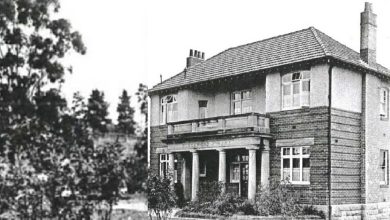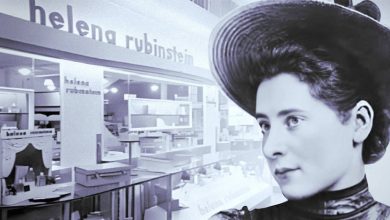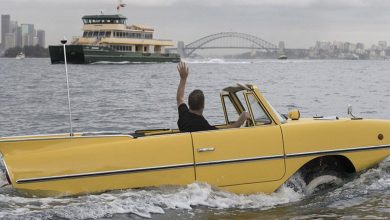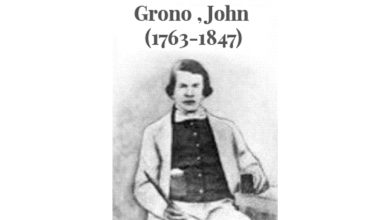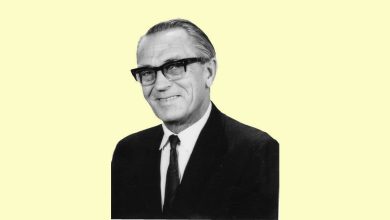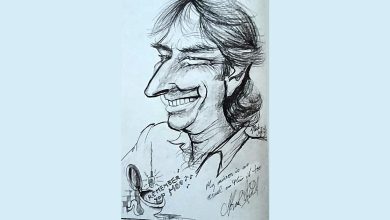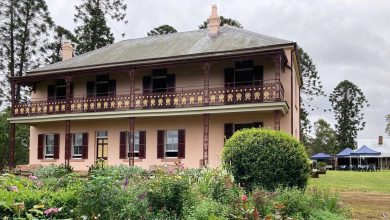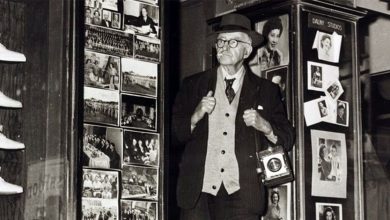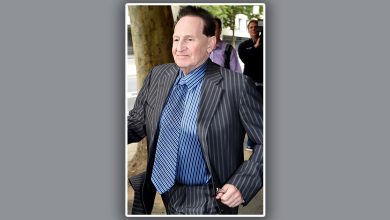By Ivor Jones
It seems that as we are in an election period at the moment, with Local Government Elections to be held on Saturday, December 4th and a Federal Election to be held sometime within the next six months, it may be time to look at Election memories. vote
Did you know that Australia has been at the forefront of elections for over 100 years?
WOMEN: South Australia was amongst the earliest jurisdictions to grant women the right to vote and stand for Parliament in 1894.
The Federal Government and the New South Wales parliament both introduced the right to vote and stand for election for women in 1902.
Edith Cowan became Australia’s first female Parliamentarian when she was elected in Western Australia’s Legislative Assembly in 1921. The first woman elected to NSW Parliament was Miss Millicent Preston-Stanley in 1925.
In 1943 Enid Lyons and Dorothy Tangey (pictured) became the first women elected to Federal Parliament.
MY STORY: Having worked professionally in the electoral field for more than 35 years both with the Australian Electoral Commission, 1974 to 1998 and our (my wife’s and I) own private election company (Metro-Poll) from 1998 to 2017, I have experienced and seen many interesting elections.
I have witnessed the antics of candidates and supporters in their campaigning. A number were questionable but perhaps not illegal whilst some have been quite comical.
I have seen cases where my staff have had to gain access through locked gates where schools had not provided keys for staff to open for polling day. Situations where gazetted polling places had ceased to exist and emergency accommodation in the form of caravans or private garages had to be utilised.
The Electoral Commission is independent and impartial within the Electoral field but that has not stopped some members of the public voicing their opinions to staff on various matters.
On one occasion a woman called my office upset over the figures being posted at the tally room which showed at one point that her favoured candidate had a swing against him which indicated that he could lose his seat in Parliament. He was however successfully returned as the local member.
Apart from all Federal elections from 1972 up until the 1990s, I have also been involved in the first multi-racial election for South Africa in which Nelson Mandela was elected President, I also worked on the National Song poll held in May 1977 which eventually led to adoption of “Advance Australia Fair” as our National Anthem.
In 1978 former Prime Minister Gough Whitlam telephoned me to say that he was going to resign from Parliament and sought my advice on when the resultant by-election should be held.
During that period the Chief Electoral Officer (then equivalent to today’s Electoral Commissioner) and I worked very closely together in my office, with him taking directions and advice from me.
ELECTORAL ROLL: When I first started with the then Department of the Interior’s Commonwealth Electoral Office, each Electorate had a Divisional Returning Officer appointed, staffed by two people on a permanent basis.
The electoral roll was maintained by hand with names added handwritten each day as people moved into the electorate or names deleted each day as voters moved out of the electorate or became deceased.
When the then electoral authorities deemed it necessary to reprint the roll a temporary staff member was employed to type the names of the new electors in alphabetical order for submission to the Government Printer.
During 1975 it was decided to begin to prepare the electoral rolls by means of computerisation. This was implemented in all electorates by the end of 1976 and saw an increase with the former temporary typist in each electorate now required to work fulltime. Added responsibilities were given to Divisional Offices over time, the numbers of staff in each office grew even more so that within 20 years since I joined the now Australian Electoral Commission they had more than doubled.
BALLOT PAPERS: Before the 1970s candidates’ names would appear alphabetically on the ballot paper in order of surname.
Later amendments to the Electoral Act determined that the names appear by way of double draw selection method.
Queensland introduced compulsory voting in 1915 and became the first place in the then British Empire to do so. Amendments to the Federal Electoral Act made voting compulsory in the 1925 Federal election. Victoria introduced compulsory voting in 1926, NSW and Tasmania in 1928, WA in 1936 and SA in 1942.
There are currently 32 countries in the world with compulsory voting, of which 19 (including Australia, Belgium, Brazil, Greece, Fiji and Singapore) pursue it through enforcement.
Don’t forget to vote on Saturday, December 4th. To find out more visit www.elections.nsw.gov.au.

